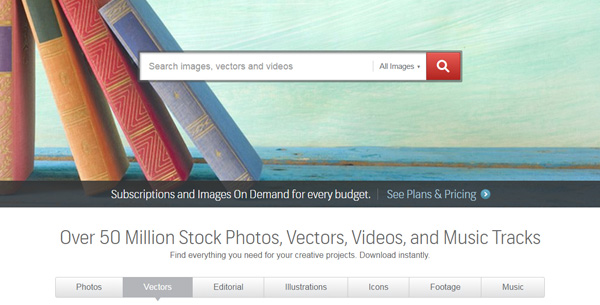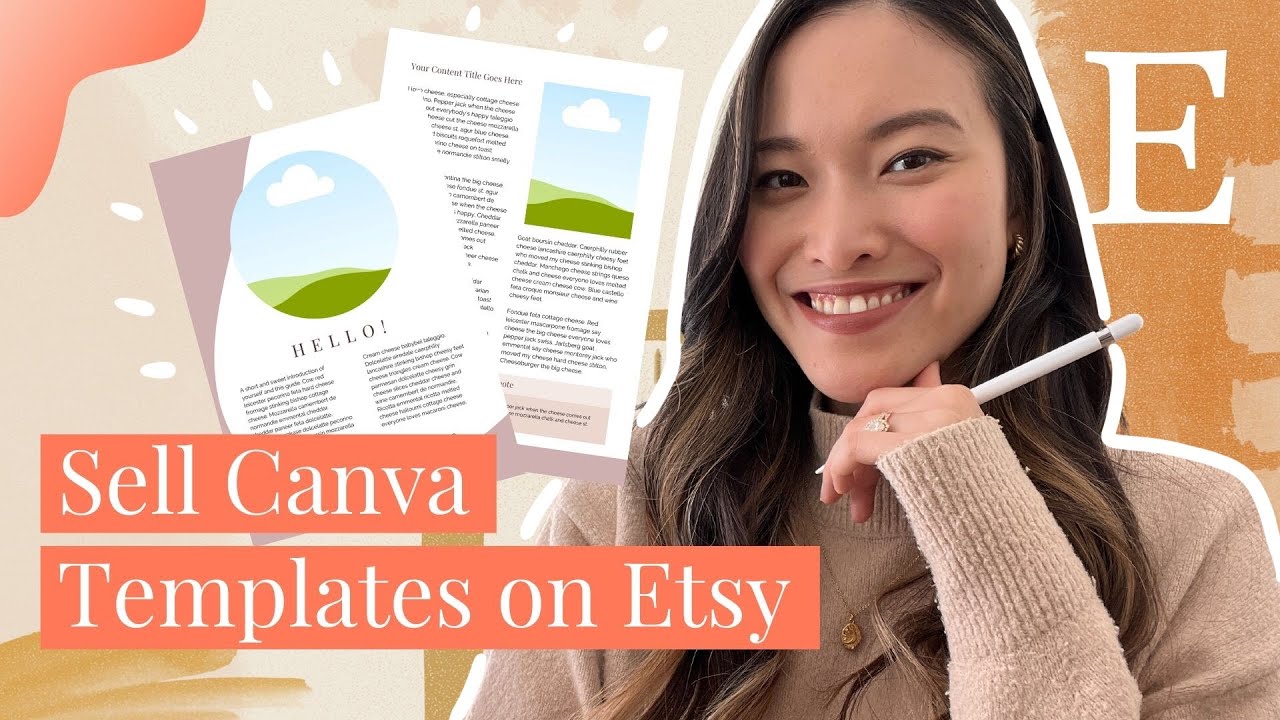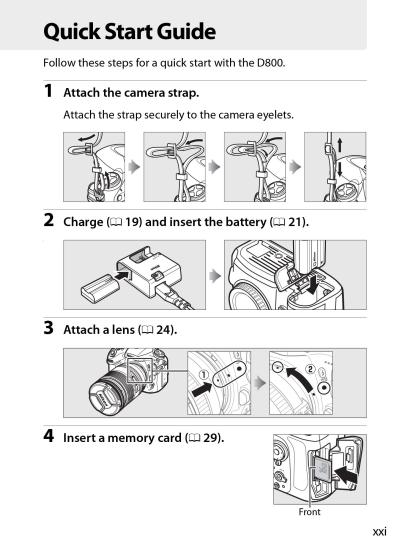Behance is a leading online platform where designers can showcase their work and connect with a global audience. Leveraging this platform effectively can boost your visibility and lead to potential job offers or freelance opportunities. This guide will help you understand how to maximize your presence on Behance and create a portfolio that captures the attention of potential clients and employers.
Understanding Behance as a Platform for Designers
 Behance is not merely a portfolio site; it fosters a community where creative professionals can network, collaborate, and share their work. Here are some key aspects of Behance:
Behance is not merely a portfolio site; it fosters a community where creative professionals can network, collaborate, and share their work. Here are some key aspects of Behance:
- Networking: Behance allows designers to connect with other creatives, potential clients, and industry leaders. Engaging with the community can open new opportunities.
- Discoverability: Your projects can be featured in curated galleries, making it easier for individuals to discover your work. Tags and keywords help in optimizing the visibility of your projects.
- Feedback and Support: The platform enables users to give and receive constructive feedback, enhancing your work through collaborative critique.
- Employment Opportunities: Many companies actively scout talent on Behance, making it a valuable resource for job seekers in the design field.
Creating a Compelling Portfolio on Behance
 A compelling portfolio on Behance is essential for attracting interest from potential clients and collaborators. Here are some tips to enhance your portfolio:
A compelling portfolio on Behance is essential for attracting interest from potential clients and collaborators. Here are some tips to enhance your portfolio:
- Curate Your Best Work: Select projects that showcase your skills, versatility, and creativity. Quality over quantity is crucial.
- High-Quality Images: Use high-resolution images to display your work. Detailed visuals help convey the quality and craftsmanship of your designs.
- Project Descriptions: Provide context for each project. Explain your design process, the challenges faced, and the solutions you provided to engage your audience effectively.
- Consistent Branding: Maintain a cohesive look across your portfolio. This includes using a consistent color scheme, typography, and layout that reflects your personal brand.
- Regular Updates: Keep your portfolio fresh by regularly adding new projects and updating existing ones. This signals to visitors that you are active and evolving as a designer.
Optimizing Your Behance Profile for Discoverability
When it comes to selling your design work on Behance, optimizing your profile is crucial to make it easily discoverable by potential clients and collaborators. Here are some essential tips to enhance your profile:
- Profile Picture: Use a professional-looking profile picture. This adds a personal touch and gives visitors a sense of who you are.
- Compelling Bio: Craft a short, engaging bio that highlights your skills, design philosophy, and what makes you unique. Include relevant keywords to improve searchability.
- Skills and Tools: List the design tools you’re proficient in—like Adobe Illustrator, Sketch, or Figma—as well as skills such as typography, branding, or UX design. This helps clients find you during searches.
- Custom URL: Create a custom Behance URL that reflects your name or brand. This not only enhances discoverability but also makes sharing your profile easier.
- Featured Projects: Select your best work to feature prominently. Quality over quantity matters here—showcase projects that best represent your style and expertise.
Finally, engage with the Behance community by following other creatives, commenting on their work, and participating in groups. The more you interact, the more visible you become. Remember, a well-optimized profile is your first step towards gaining attention and attracting potential clients!
Effective Marketing Strategies to Promote Your Work
Once you’ve optimized your Behance profile, the next step is to get the word out about your amazing design work. Here are some effective marketing strategies to help you promote your projects and boost visibility:
- Social Media Promotion: Share your Behance projects on platforms like Instagram, Twitter, and LinkedIn. Tailor your posts to suit each platform’s audience, using relevant hashtags to reach wider audiences.
- Join Design Communities: Participate actively in design forums and communities, such as Dribbble or design subreddits. Share your work and engage with other designers to grow your network.
- Email Marketing: Build an email list of potential clients and send out a monthly newsletter featuring your latest projects, design tips, or insights. This keeps you in their minds and opens doors for commissions.
- Collaborate with Other Creatives: Partner with other designers or artists for collaboration projects that can be shared on both of your profiles, exposing your work to new audiences.
- Utilize Paid Advertising: If you’re ready to invest, consider using paid ads on platforms like Facebook or Instagram to target specific demographics that are likely to be interested in your work.
By employing these strategies consistently, you’ll not only enhance your visibility on Behance but also drive potential clients to your portfolio, ultimately leading to more sales and opportunities!
Engaging with the Behance Community for Better Visibility
One of the most effective ways to enhance your visibility on Behance is by actively engaging with the community. Behance isn’t just a platform for showcasing your work; it’s a vibrant network of designers and artists who appreciate meaningful interactions. Here’s how you can make the most of this community:
- Comment on Other Projects: Spend some time browsing through other people’s projects. Leave thoughtful comments that show genuine interest. This not only builds rapport but also draws attention to your profile.
- Follow Fellow Creatives: Follow other designers whose work inspires you. This often leads to reciprocal follows and can create valuable connections in your field.
- Join Groups and Discussions: Look for groups that resonate with your design style or area of expertise. Participate in discussions to establish yourself as a knowledgeable member of the community.
- Share Feedback: Offer constructive criticism to other artists. Not only does this foster goodwill, but it also positions you as a supportive peer, encouraging others to check out your work in return.
- Use Project Tags Wisely: Using the right tags for your projects not only helps categorize your work but also makes it easier for others to discover your projects during their searches.
By investing time in these interactions, you can build relationships that lead to increased visibility, collaborations, and ultimately success on Behance. Remember, the more you engage, the more your presence will be felt in the community!
Leveraging Social Media to Drive Traffic to Your Behance Projects
In today’s digital age, social media is a powerful tool to drive traffic and enhance the visibility of your Behance projects. Here are some strategies to effectively utilize social media:
| Social Media Platform | Strategy |
|---|---|
| Post visually appealing snippets of your projects with engaging captions. Use relevant hashtags to broaden your reach. | |
| Share updates and sneak peeks of your work. Engage in design-related conversations using trending hashtags. | |
| Join design groups and share your projects. Engage with members by commenting on their posts to foster community. | |
| Create pins for your projects that link back to your Behance profile. Use captivating images that represent your work. |
When sharing your projects, always include a call-to-action that encourages your audience to visit your Behance page for more. This not only helps in driving traffic but also builds your personal brand as a designer. The more your projects are shared across platforms, the larger your audience will grow, leading to potential opportunities and collaborations.
Handling Inquiries and Negotiating with Potential Clients
Congratulations! You’ve piqued the interest of potential clients with your stunning design work on Behance. Now comes the crucial step: handling inquiries and negotiations. This part can determine whether a simple inquiry turns into a successful project. First, respond promptly. A quick reply shows professionalism and enthusiasm. A simple acknowledgment like, “Thank you for reaching out! I’d love to discuss your project further,” can go a long way. Next, be clear and concise in your communication. When discussing a potential project, ask open-ended questions to get a better understanding of the client’s needs. For example:
- What specific design services are you looking for?
- Do you have a timeline and budget in mind?
- What are your primary goals for this project?
Once you gather the necessary information, it’s time for negotiation. Here are some tips to keep in mind:
- Know your worth: Before entering negotiations, set a clear understanding of your pricing based on your experience and the complexity of the project.
- Be flexible: While it’s important to stick to your value, being open to discussions can help you meet the client halfway. This could mean offering a package deal or adjusting the scope of work.
- Document everything: Once you agree on terms, make sure to outline everything in a contract. This helps protect both you and the client and ensures that everyone is on the same page.
Lastly, don’t forget to maintain a positive relationship with potential clients, even if a project doesn’t pan out. Networking is key in the design world!
Maintaining Your Portfolio and Updating Your Work
Having an impressive portfolio is only part of the equation; maintaining and updating it regularly is equally important. A well-kept portfolio reflects your growth as a designer and keeps your work relevant in an ever-evolving industry. Start by setting a schedule for updates. Perhaps at the end of each month or quarter, take some time to review your portfolio. Here are some things to consider during this review:
- Remove outdated work: If you have older pieces that no longer represent your skills or style, consider removing them. You want your portfolio to showcase your best and most current work.
- Add new projects: Whenever you complete a new design project, post it to your portfolio. Aim to include a variety of work that showcases your range—brands you’ve collaborated with, different styles, and types of projects.
- Seek feedback: Don’t shy away from asking fellow designers or mentors for their input. Fresh eyes can offer valuable insights on what’s working and what isn’t.
Also, consider the presentation of your portfolio. Update the layout, descriptions, and visuals to ensure everything aligns with current design trends. A clean, modern look will attract more views and keep visitors engaged. Lastly, maintain your profile on Behance. Update your bio and add social media links to connect with potential clients easily. A vibrant, updated portfolio isn’t just about showing off your work; it’s about telling your story and showcasing your journey as a designer!
Success Stories of Designers Who Sold on Behance
When it comes to showcasing and selling design work, Behance has proven to be a powerful platform for many talented designers. The stories of those who turned their passion into profit on Behance can be nothing short of inspiring. Here are a few standout success stories:
- Jane Doe – Graphic Designer: With an impressive portfolio featuring bold, colorful graphics, Jane caught the attention of several brands through her Behance projects. After consistently sharing her designs and engaging with the community, she landed a contract with a major beverage company to create their next advertising campaign.
- Mark Smith – UI/UX Designer: Mark’s clean and user-friendly interface designs led him to work on high-profile tech projects. He showcased a personal project on Behance that eventually attracted a startup, which hired him to revamp their entire app interface.
- Lisa Chen – Illustrator: Lisa utilized Behance to share her illustrated children’s book concepts. A prominent publisher discovered her work, and she was offered a publishing deal. Her journey emphasizes the importance of niche focus in your portfolio.
- Tom Johnson – Motion Designer: After sharing multiple animation projects, Tom was approached by an advertising agency that wanted to incorporate his unique motion graphics style into their campaigns. His success story illustrates how mastering a particular medium can lead to relevant job opportunities.
These designers demonstrate that consistent effort, quality work, and community engagement on Behance can lead to tangible opportunities. If they can do it, so can you! Remember that every successful journey starts with a single step — put your best designs forward and share them with the world.
Conclusion and Key Takeaways for Selling Your Work
In conclusion, selling your design work on Behance is not just about posting your projects; it’s about creating a vibrant presence that resonates with potential clients. Here are some key takeaways to help you succeed:
| Tip | Description |
|---|---|
| Build a Strong Portfolio | Your portfolio should showcase your best work. Focus on quality over quantity. |
| Engage with the Community | Comment on and appreciate others’ work. Building relationships can lead to collaboration opportunities. |
| Utilize Project Descriptions | Provide context by detailing your design proc |
| Use High-Quality Images | Always use high-resolution images to properly showcase your work’s details and craftsmanship. |
| Stay Consistent | Regularly update your portfolio and share new projects to keep your audience engaged. |
Remember, success doesn’t come overnight. It requires dedication, creativity, and a willingness to adapt. By following these tips and learning from others’ success stories, you can carve out your own path to success on Behance. Now, it’s time to get out there, share your work, and connect with the design community!


